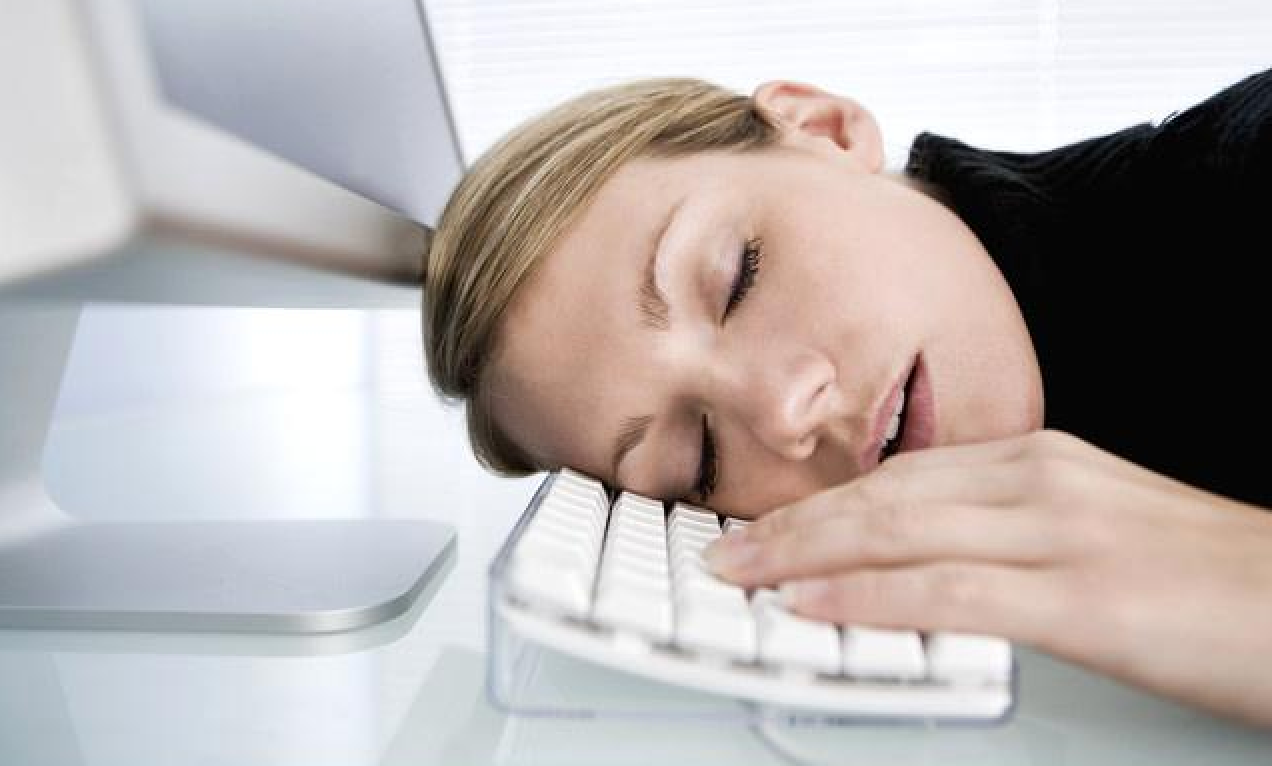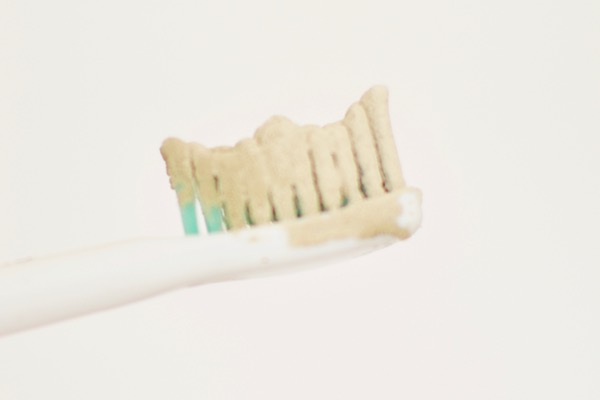Find out the truth about this vital hormone…
We often read about the “dangers of stress“, and how stress can increase your risk of health problems. This is usually the result of cortisol, the hormone produced by your body when you experience a sudden stressor. Too much cortisol can be bad for your health, which is why it’s vital to keep your stress under control.
But did you know that “not enough” can be just as bad as “too much”? Low cortisol levels can be an indication of potentially serious health issues, and may cause a number of side effects that can interfere with your wellbeing. It’s definitely a good idea to learn more about cortisol and what happens when you don’t have enough…
Cortisol 101
Cortisol is a hormone produced by your adrenal glands, and it is regulated by your brain–specifically your pituitary gland. It plays a role in your metabolism, your immune function, your cardiovascular system, blood pressure, and many other bodily functions.
When you encounter stressors, your body goes into “fight or flight” mode. Cortisol is released along with adrenaline, boosting your metabolism, suppressing your immune system, and enhancing blood flow. Chronic stress can cause reduced immunity and high blood pressure.
But low cortisol is as much a problem as high cortisol. When you have chronically low levels of cortisol, it’s usually an indication that your adrenal glands are either failing to produce enough of the hormone, or they are completely inactive. This is known as primary hypoadrenalism, or Addison’s disease. It’s an autoimmune disorder, as your immune system is attacking the adrenal glands, thereby reducing the adrenal glands’ function.

READ MORE: 12 Pure Essential Oils to Relieve Stress
When you have low cortisol as a result of hypoadrenalism, you may notice a number of symptoms:
- Dizziness, fatigue, nausea, vomiting, and diarrhea
- Heart palpitations and anxiety
- Mental/psychological ailments
- Social anxiety and difficulty coping with stress
- Aches in your head, back, or body
- Muscle weakness
- Hunger pain and abdominal pain, even after eating
- Motion sickness
- Insomnia, which leads to the formation of dark circles around the eyes
- Non-existent or irregular menstruation
- IBS, limited bladder capacity, and extremely sensitive skin
Now, you need to understand that you may not experience all of the symptoms of hypoadrenalism at the same time. In fact, many people only experience a few of the symptoms at once. However, the list is so long because the low cortisol levels can wreak havoc on so many different bodily functions.
If you notice two or more of these symptoms, it’s a good idea to visit your doctor and get checked out. Low cortisol levels may not be life-threatening, but as you can see by the symptoms above, it can certainly affect your health and wellbeing. It’s difficult to continue your normal, happy, and healthy life if you’re suffering from multiple symptoms. By getting yourself checked out, you will be able to get the diagnosis and start treating the problem.
The good news is that hypoadrenalism can be treated. Hydrocortisone is a medication that can help to replace the cortisol levels normally produced by the adrenal glands. The medication will mimic your natural cortisol levels through your day (high first thing in the morning, and slowly diminishing as the day wears on).
Is there a way to deal with low cortisol levels without medication?
- Control stress, as stress exacerbates autoimmune disorders
- Try massage and acupuncture to help you deal with the anxiety headaches and pains
- Practice Yoga, Pilates, meditation, and anything that will help you relax
Once you understand the reason behind your low cortisol levels, you can take measures to prevent them from affecting your life negatively!








